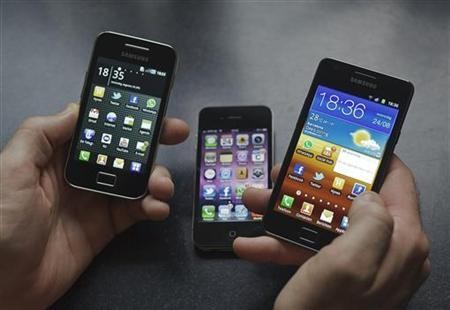Nearly 89 percent of Chinese Internet users utilize smartphones to go online, according to a China Internet Network Information Center (CNNIC) report released on Thursday.
The report also showed that the number of people going online increased to 668 million as of the end of June, an 18.94-million jump from last year's statistic.
The 88.9-percent fraction that uses smartphone was also an increase from 2014's 85.8 percent.
The percentages of Chinese netizens who surf the Internet through desktop and laptop were 68.4 and 42.5, respectively. The device that got the lowest share is the tablet, accounting for only 33.7 percent.
The Beijing-based CNNIC also stated that with the increasing size of smartphone screens, the device could all the more establish its status as the top gadget serving as Chinese people's gateway to the Internet.
Currently, China has the largest penetration rate for smartphones, as stated by the report released by the Global System for Mobile Communications Alliance.
The recent study also showed that China reached 62 percent in terms of adoption during the first quarter of 2015, compared with Europe's 55 percent.
The alliance also said that by the end of March, the number of unique mobile subscribers reached 632 million, which is equivalent to almost half of China's population.
The study predicts that before 2016, smartphone presentation could increase by up to 68 percent.
According to the report, the increasing popularity of both global and local brands of smartphones helped the gadget's proliferation in the country, especially across urban areas.
Primarily, 4G models are the main drivers of the device's sales. The alliance furthermore expected that 4G connections in the country will reach one billion in five years' time.
The shift to 4G also received a boost from local mobile operators, which offered subsidy to their wide-ranging 4G devices via retail stores. Local vendors are also making a relatively higher number of such devices compared with international players.



























